Measuring optical power and energy depends on an understanding of the types of sensors and instruments available, and on requirements such as wavelength response, dynamic range, damage threshold, and maximum repetition rate.
Power and energy meters measure the output of an optical source. They are a necessity in a wide variety of applications in the lab, on the production floor, or in the field, whether the emission is from low-light sources, such as fluorescence, or from high-energy pulsed lasers.
No doubt that the need to accurately measure laser power and energy has increased as more of these systems are used in medical procedures and industrial processes.
Although a fairly simple process, this measurement is not as straightforward as an electric power measurement.
With lasers, more attention must be paid to the selection of the right sensor as different sensors perform different measurements.
Selecting the wrong sensor can result in inability to measure well or can even destroy the sensor.
Although power meters and energy meters are available separately, they have also converged as single category instruments – power-and-energy-meters or PEMs – with the development of versatile consoles or displays that can adapt to a variety of different types of optical sensors. This is not true. See below The type of sensor determines whether the device measures optical power or energy, typically in watts or joules, respectively.
The first decision to be made is: do we want to measure power or average power for pulsed lasers or pulse energy? Different sensors are used for these measurements.
The power of a CW laser or the average power of a pulsed laser will be measured by a thermal sensor or a photodiode-based sensor, while the energy of each pulse of a pulsed laser will be measured by a pyroelectric head. Power sensors can measure single pulse also. This has to be worked into your presentation.
By itself, a power meter measures either continuous wave (CW) or repetitively pulsed sources, and the typical sensors would be either thermopile or photodiode.
An energy meter typically measures pulsed lasers, either single or repetitive pulses, and sensors would include pyroelectric or photodiode with circuitry specially designed to measure pulses. Thermal power sensors can measure single pulse energy also
CW Lasers
Since the measurement requires us to apply the laser beam to the sensor, we need a sensor that will stand up to the laser. Laser power density is the ratio of the laser power to the area of the beam cross section. It is measured in W/cm². One of the sensor characteristics is its damage threshold, also expressed in W/cm². If the beam is Gaussian, then the power density in the center will be twice the value of the power divided by the 1/e² area. If a laser beam with a power density greater than the damage threshold of the sensor is applied to the sensor, it will damage it. The damage can be cosmetic, affecting only the appearance of the detector, or functional, having a negative effect on the sensor accuracy. In order to calculate the beam density, we need to know the beam type (Gaussian or top hat), maximum power and its diameter.
The third piece of data we need is the laser wavelength, in order to match it to the sensor absorber characteristics.
And you could read more about it on our next post…
Sensor Finder
As seen above, there are a number of criteria that have to be met to pick the correct sensor for your application. Ophir Optronics has developed a simple software program, Sensor Finder, that when given all the laser parameters will output a list of the matching sensors.
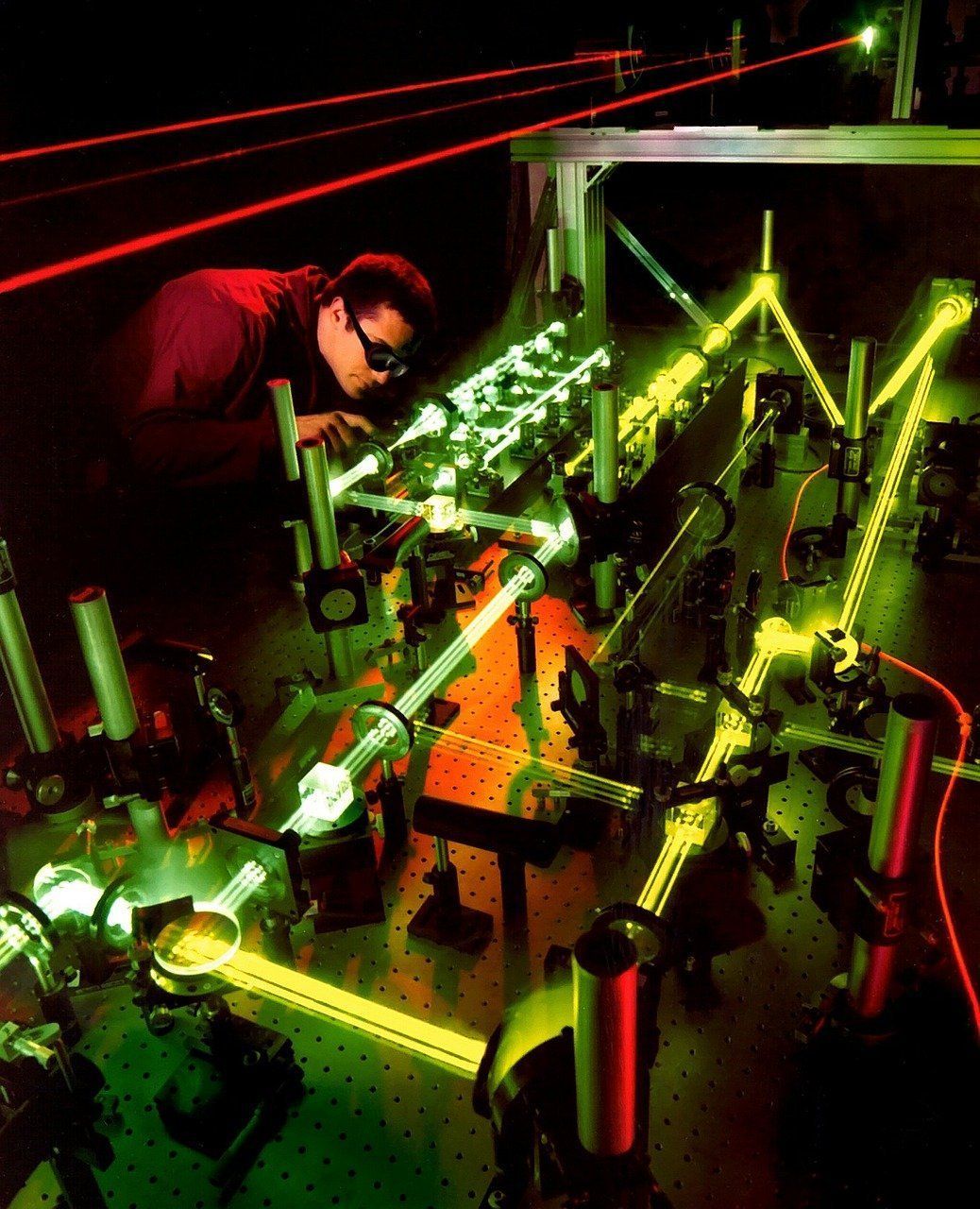
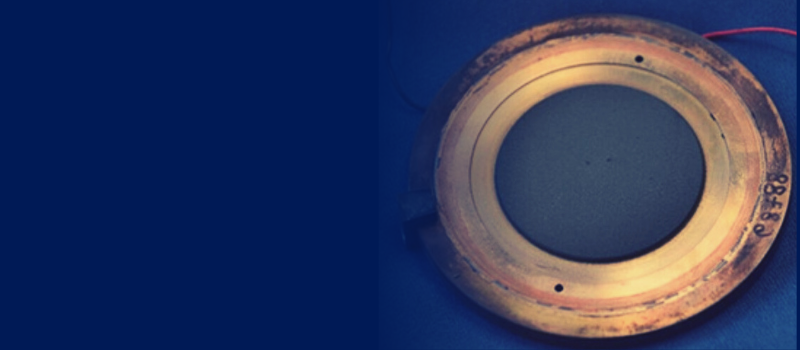
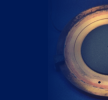
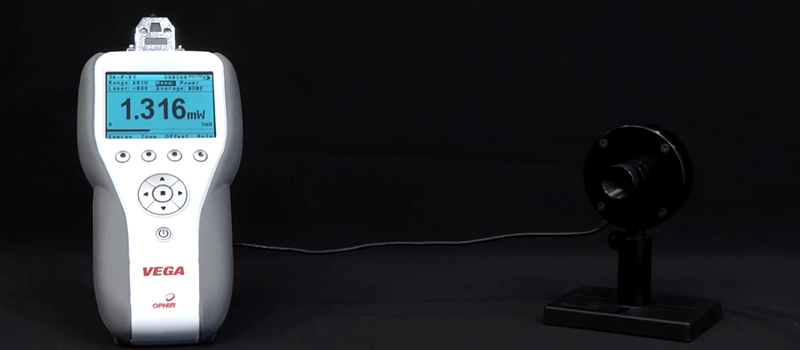
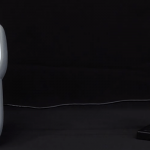

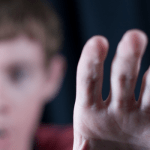


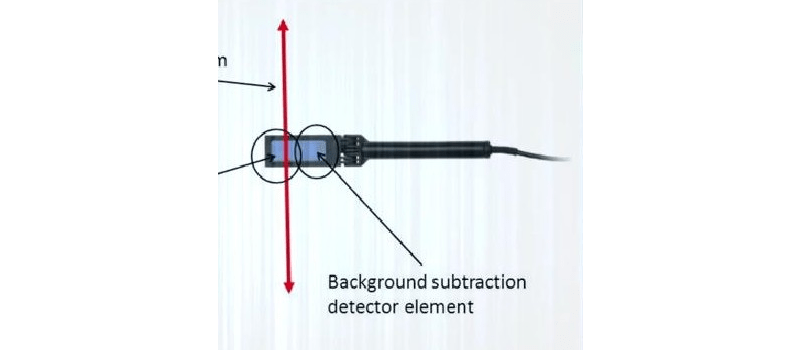
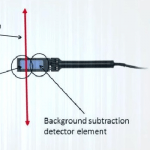


Leave a Reply
Your email address will not be published. Required fields are marked *